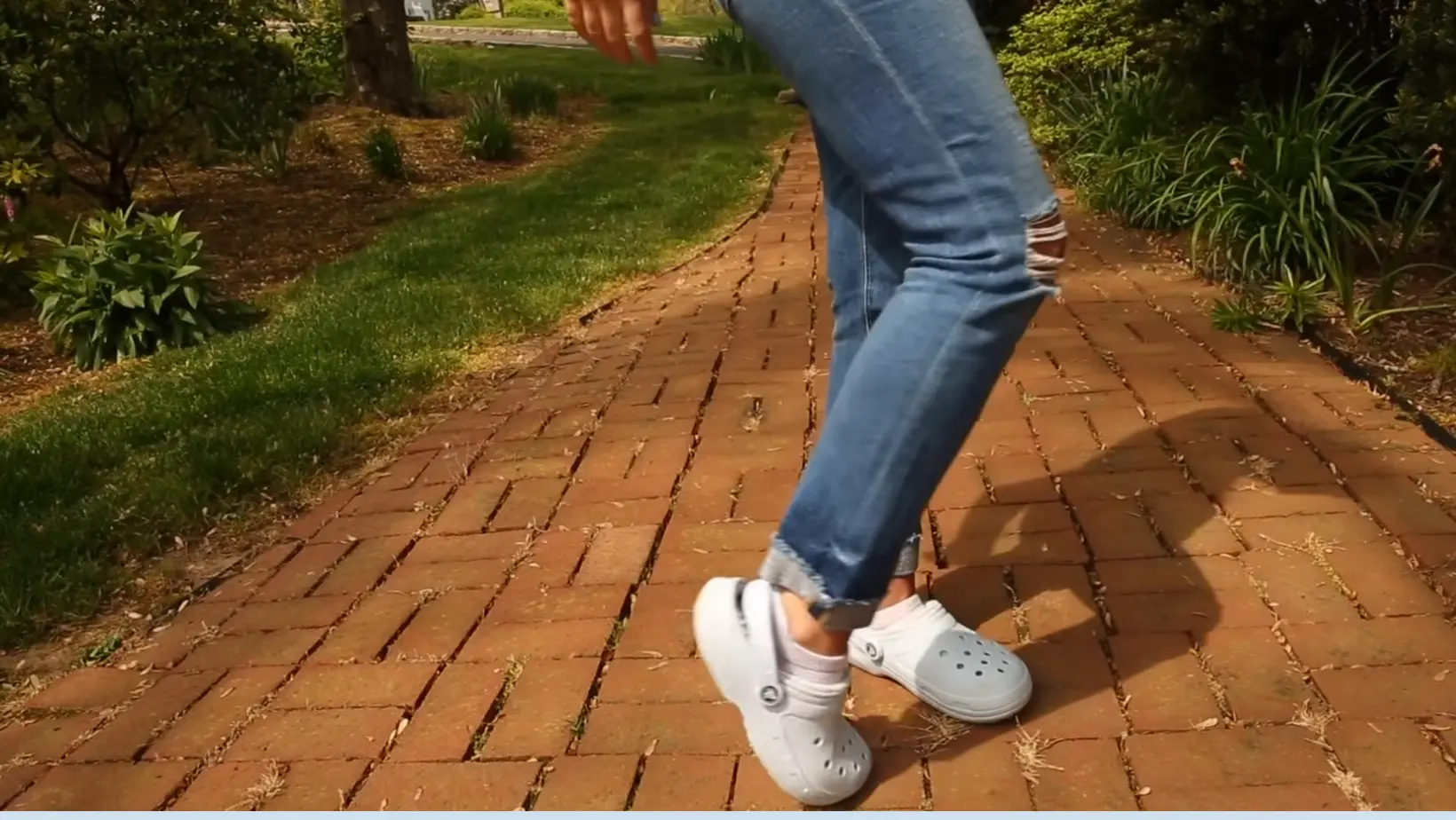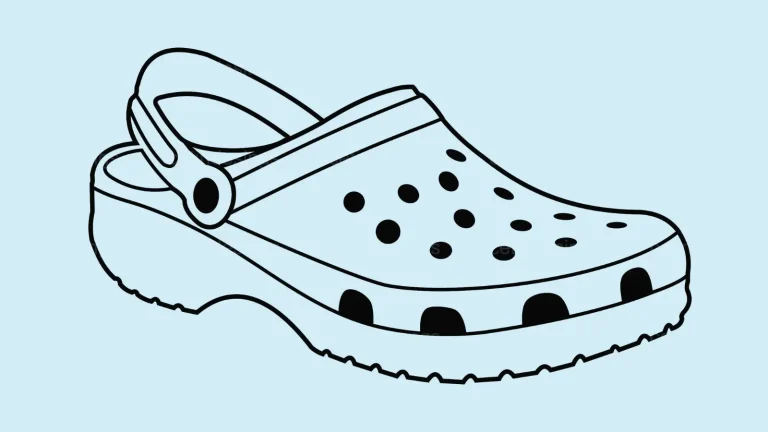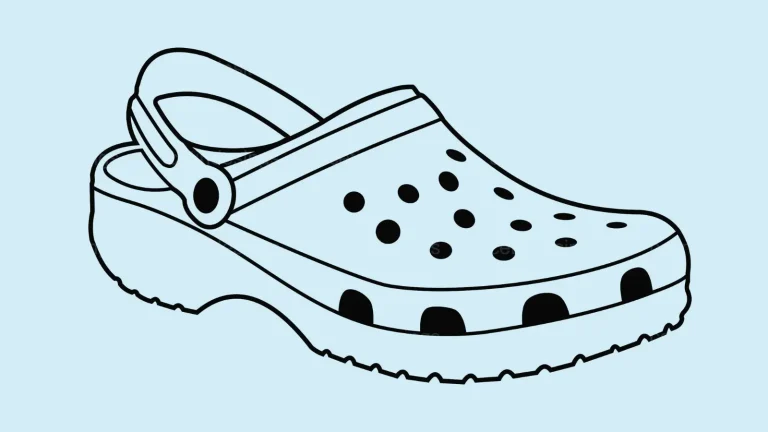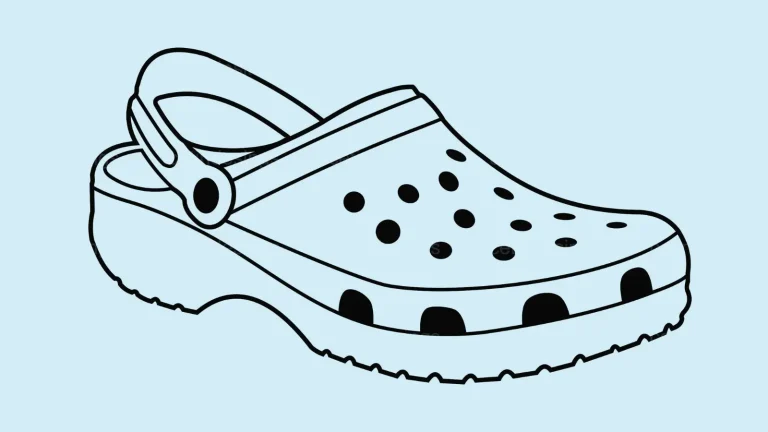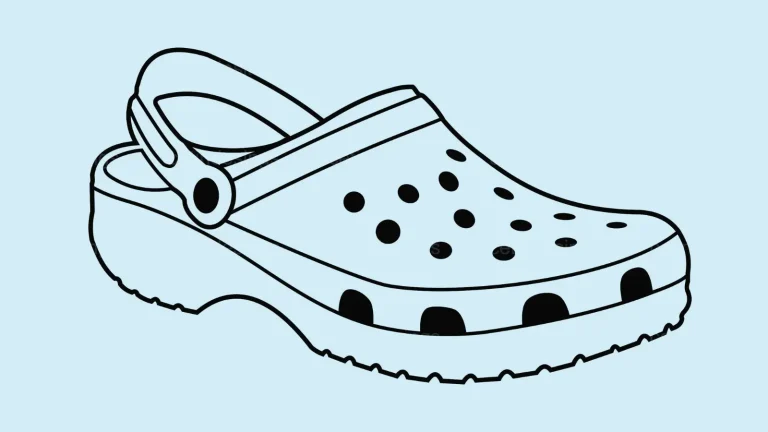Why Do Crocs Hurt The Bottom of My Feet?
Crocs has established itself as a well-known footwear brand due to its fashionable controversy and versatile design. But, as users frequently find out, donning a pair of these springy clogs can be a double-edged sword.
Others experience an unanticipated discomfort: a lingering aching or soreness in the soles of their feet. While some people find them to be wonderfully pleasant.
The paradox of Crocs making a shoe known for its apparent ease uncomfortable calls for a closer look at the causes of this odd behavior.
In this investigation, we look at the engineering and science behind Crocs to determine the source of the discomfort some people experience at the shoe’s sole.
Why Does The Bottom of My Feet Hurt in Crocs?
The flimsy foam used to make Crocs doesn’t offer much support for the foot. Standing or walking for an extended amount of time may cause foot pain on the bottom. Second, the Crocs’ middle hole can make it such that your foot rubs against the underside of the shoe, which can also hurt.
Why Do My Feet Hurt When I Wear Crocs?
Many people favor wearing Crocs because they are comfortable. However, some individuals discover that wearing Crocs hurts their feet. There are numerous potential causes for this.
Crocs could give you painful feet because they don’t offer much support. Wearing Crocs may place additional stress on your feet, which could cause pain if you have flat feet or high arches.
Additionally, Crocs lacks decent support for the arch and shock absorption, which are essential if you stand or walk for extended periods. The fact that Crocs don’t fit very well could also contribute to the soreness in your feet.
Because of their propensity to run large and broad, wearing them barefoot might result in blisters and other irritation as your feet can move about inside the shoes and brush against the sides.
Additionally, Crocs don’t provide much stability due to their small weight and flexibility, which means your ankles and knees may receive a greater strain than they would in a more durable shoe.
Over time, foot pain may also result from this lack of stability. One or both of these could be to blame if your feet hurt after wearing Crocs.
Changing shoes with more structure and a better fit can help alleviate pain and prevent it from returning.
Why Are Crocs Uncomfortable?
Crocs are constructed from a substance known as Croslite, intended to be both lightweight and comfy.
On the other hand, some individuals find that Crocs are too loose in the foot or do not offer sufficient arch support, which can result in discomfort.
Additionally, because Crocs have holes in them, they might cause your feet to sweat, which can contribute to pain.
Does Wear And Tear Affect The Bumps on Crocs?
When it comes to Crocs shoes, a typical concern that many have is whether or not the bumps on the soles of the shoes eventually wear down.
The answer to your inquiry is that the bumps found on Crocs shoes will ultimately wear away over time. On the other hand, this doesn’t happen until a significant amount of time and wear has passed.
Furthermore, even when the bumps begin to show symptoms of wear, they will not be entirely smooth; the sole will still have some texture.
Crocs are not the best option for you to go with if you are searching for a shoe with a flat and smooth bottom.
Conversely, Crocs might be an excellent choice if you don’t mind a touch of texture on your footwear and are patient enough to wait for the bumps to smooth out over time gradually.
Disadvantages of Wearing Crocs:
Although Crocs shoes are well-known for their comfort and distinctive style, they also have several drawbacks:
- Lack of Support: Crocs often don’t have much arch support built into their design. Particularly for people with certain foot issues or who need orthotic support, they are frequently criticized for their inadequate foot support.
- Poor Breathability: Despite the perforations in Crocs that allow air to circulate, wearing them for an extended period in hot and humid weather may not be the best idea. The perforations could cause discomfort and bad foot odor by letting water and debris inside the shoe.
- Chance of Foot Injuries: Crocs’ open design and broad toe box give you a higher chance of tripping over and hurting your feet. They are less suited for some activities or settings since they don’t provide as much protection as closed-toe shoes.
- Sizing and Fit Issues: Crocs often have a roomy fit, so finding the correct size can occasionally be difficult. A sloppy fit might cause rubbing and friction, which can cause discomfort and blisters.
- Concerns about durability: Despite being a lightweight, flexible material, Crocs may not be as durable as other shoes, especially for heavy-duty use. The material can deteriorate very quickly, particularly in harsh or outdoor conditions.
- Limited Style Appeal: While some individuals love the distinctive design of Crocs, others think they look ugly. Due to their informal and distinctive appearance, they might not be suitable for more formal or professional environments.
- Impact on the environment: Traditional Crocs are manufactured of Croslite, a unique closed-cell plastic. Certain chemicals and procedures that can impact the environment produce Croslite. In addition, the disposal of Crocs, like any other plastic product, can exacerbate the problem of plastic waste.
- Potential Allergic Reactions: Certain materials utilized in Crocs may cause an allergic reaction or sensitivity in some people. The colors used in the shoes and the synthetic nature of Croslite have the potential to irritate or aggravate the skin.
- Limited Use Cases: Crocs can be used for casual and light activities, but they might not be suited for strenuous sports, mountaineering, or jobs requiring specialized footwear.
- Social Perception: Certain people may perceive Wearing Crocs negatively, especially in more formal or style-conscious settings. People may pass judgment or make assumptions about those wearing Crocs, affecting their appearance.
The drawbacks of wearing Crocs ultimately rely on individual tastes, requirements, and intended applications.
Although they can be convenient and comfortable in some circumstances, it’s important to consider their limitations and disadvantages before using them as your go-to pair.
Conclusion
Long-term use of Crocs can result in foot pain due to their flexible shank and inadequate heel support.
They can help treat plantar fasciitis and metatarsalgia but can also increase toe deformities, induce tendonitis, and cause nail issues, corns, and calluses. It is best to utilize them carefully.
Some Similar Blog Posts

Hello, my name is Max Anderson, and I’m happy to welcome you to Shoespectra, the top website for shoe lovers. As the owner and inspiration behind this blog, I contribute a wealth of knowledge and a sincere enthusiasm for shoes to every piece of content I make.

